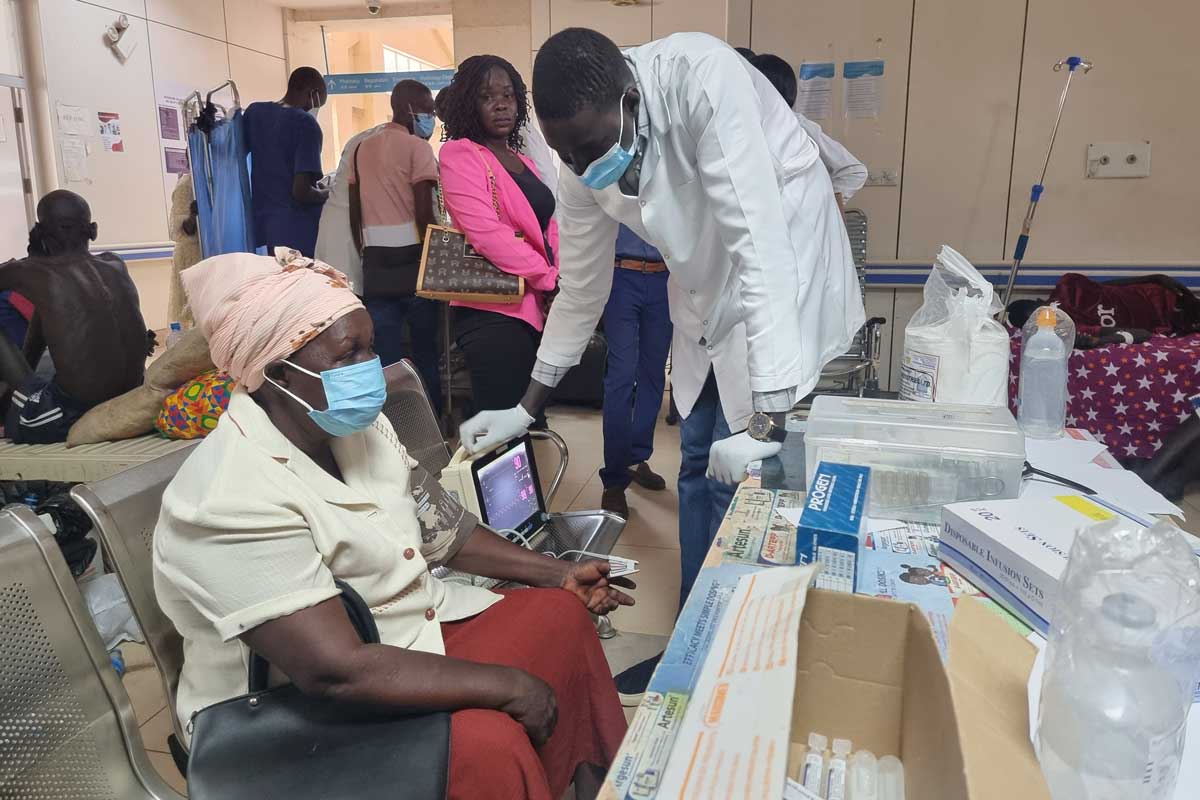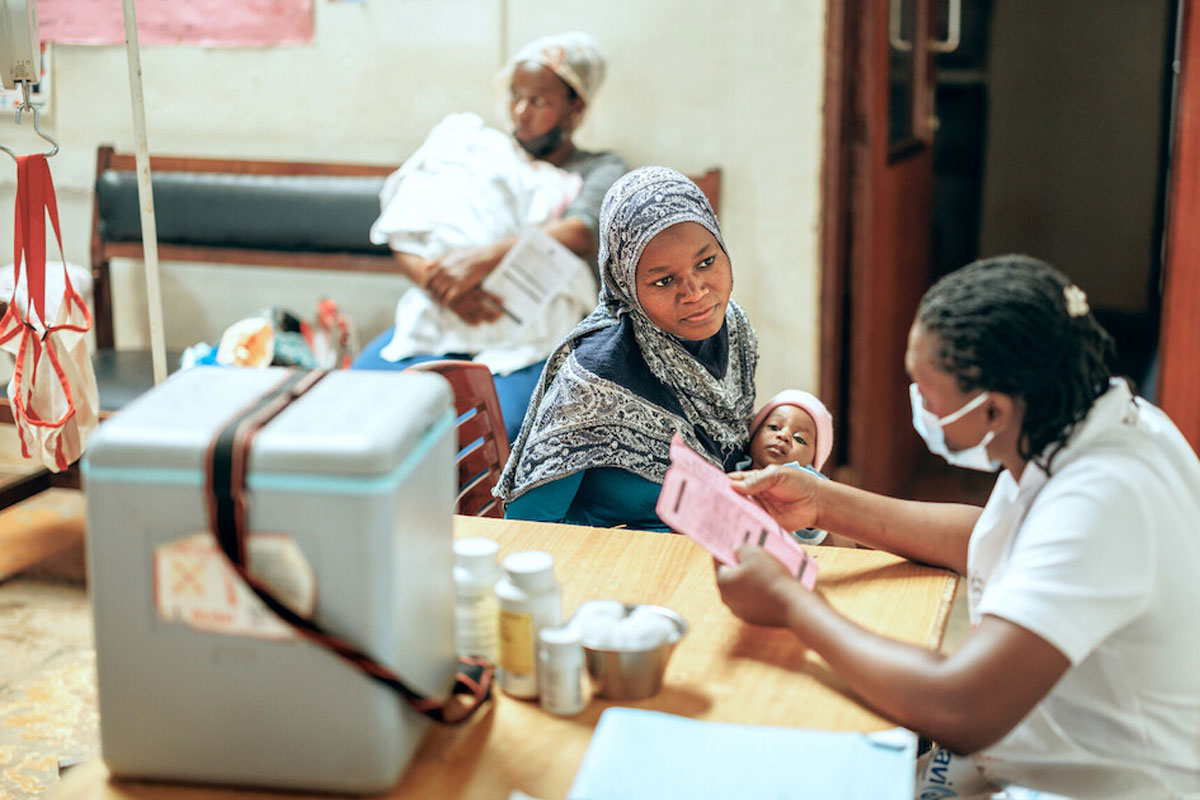It’s often said that prevention is better than cure, but vaccines can play hard to get. So in 2014 it’s still the case that we don’t have them for some of the most deadly diseases on the planet.
But that doesn’t mean they’re not on their way.
We take a look at five areas where new vaccines are being developed, each one of which could make a huge difference to people’s health worldwide if realised.
HIV/AIDS
Last week the world turned its attention to the progress made against the HIV/AIDS epidemic, on World AIDS Day. Although treatment drugs, such as antiretrovirals, have seen great advances and price drops since the 1990s, and prevention campaigns have had broad success, there is still no vaccine.
HIV is particularly tricky to catch as it has developed ways to evade the body’s defence mechanisms, meaning the traditional vaccine approach just won’t work. Scientists are therefore getting more creative in their work to make an effective vaccine.

An HIV-infected H9 T-cell, close up. Credit: NIAID on Flickr.
Malaria
Bill Gates recently announced that malaria will be his next target for disease eradication once polio has been dealt with. It should come as no surprise then that a malaria vaccine could be around the corner, which is great news for the 207 million people infected by this disease every year. The most promising candidate, and one closest to market, is the RTS,S vaccine. In recent trials published this year the vaccine was found to be 46% effective, when used with other interventions, such as insecticide treated bed-nets.

The mosquito type that carries malaria. Credit: NIAID on Flickr.
Tuberculosis
Anyone with that distinctive scar on their arm might object to this one’s place on the list, but the BCG vaccine against tuberculosis (TB) is more than 90 years old by now. Although it protects against some of the most deadly forms of tuberculosis, it does not work well against pulmonary (lung based) TB, which is the most infectious form of the disease and accounts for most of the disease burden worldwide. When 1.4 million people are still dying of the disease every year, and cases of antibiotic resistant TB are rising, the need for a new vaccine has been growing stronger.
Luckily recent trial suggests that one new vaccine may fit the bill, by promoting better immunity to TB in mice, which could prove helpful in addressing this need for protection.

A poster from 1918, three years before the first TB vaccine was used in humans. Credit: Government and Heritage Library on Flickr.
Ebola
Ebola emerged in the 1976 in what is now the Democratic Republic of Congo. Since then it has involved relatively small numbers of cases in Central and West Africa, remerging throughout the 1990s and 2000s. Following this year’s epidemic, questions are now being asked about why, 28 years after the first outbreak, there is still no vaccine available. But with the impetus now there, trials are being fast-tracked and currently are taking place in UK, Mali and Switzerland.

The Ebola virus. Credit: CDC Global on Flickr.
(More) cancer vaccines
Vaccines against cancer? Remarkably, they’re already in use, with the Human Papillomavirus (HPV) vaccine helping reduce incidence of cervical cancer across the world and the hepatitis B vaccine targeting a major cause of liver cancer. But scientists want to go further.
Vaccines are now also being developed for infectious causes of stomach and a type of liver cancer (hepatitis C), both of which could be useful preventative tools globally. Perhaps even more ambitiously, vaccines are also being targeted at other types of cancer, and a recent intervention that helps the body fight off cancerous cells involved in up to 80% of breast cancers has recently done well in a small trial in the US. All in all, plenty for last week’s Cancer Congress in Melbourne to talk about!

Credit: Wikimedia Commons






